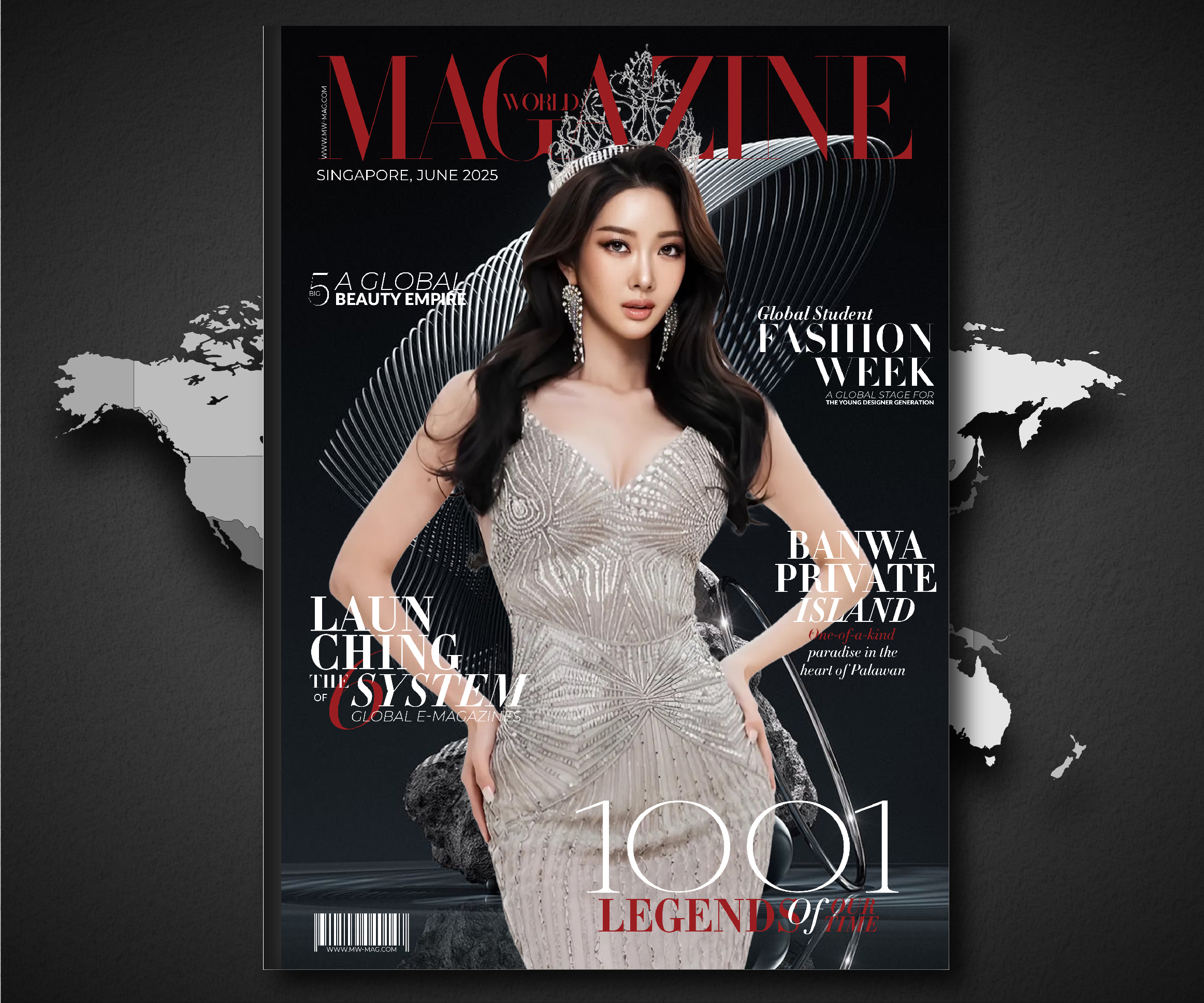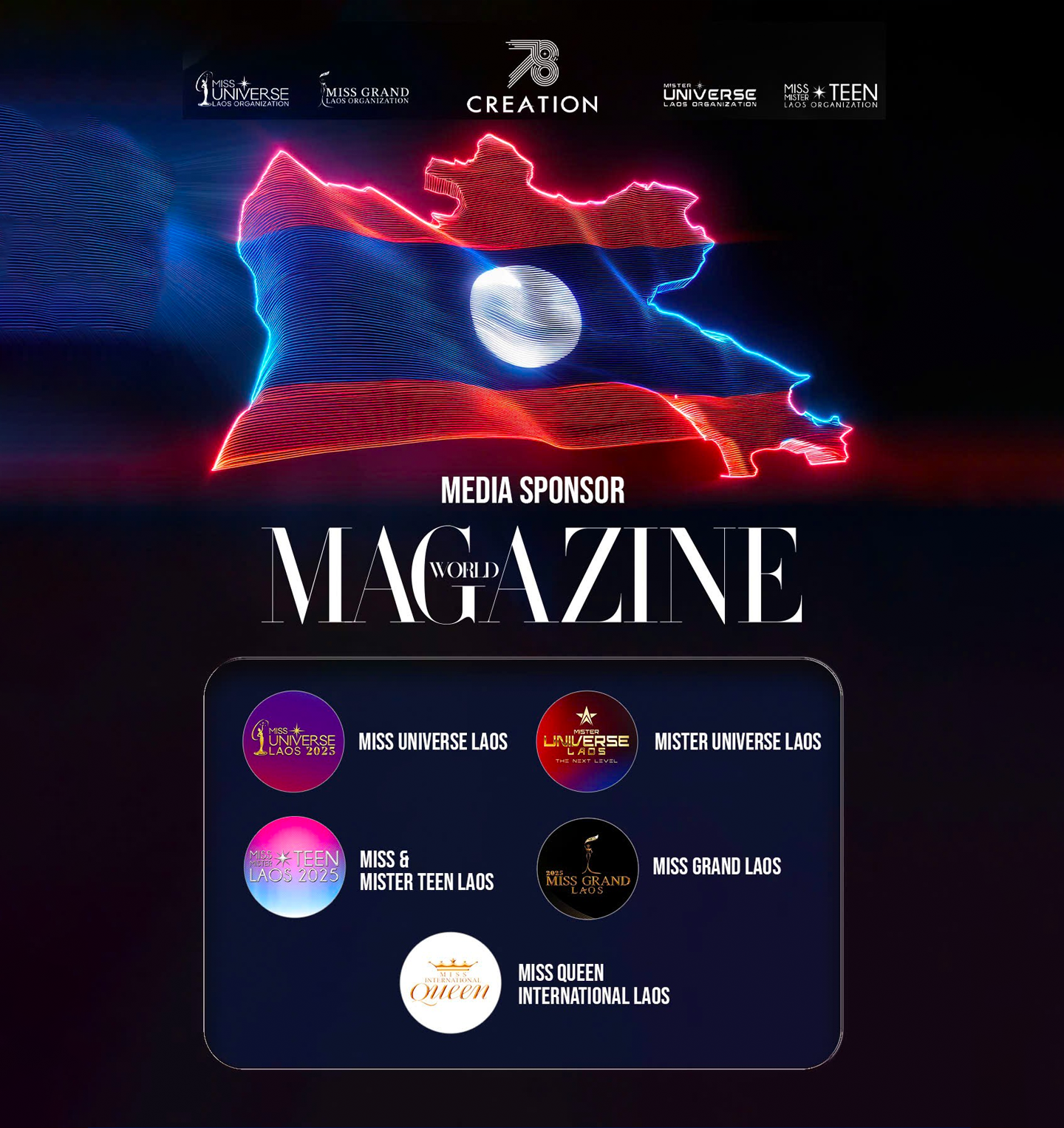A new painting unveiled in the White House’s Grand Foyer has ignited a fierce debate, pitting loyalists who praise the “awesome portrait” against critics who deride it as the work of “Tariff Lautrec.” The controversial piece, painted by Florida-based artist Marc Lipp, captures President Donald Trump immediately following an attempted assassination on his life in July of last year. The image is striking: the President stands defiantly in front of a US flag, his arm raised and a visible spot of blood marking his face—a scene of resilience and dramatic leadership. Its prominent display in the executive mansion adheres to a tradition of showcasing portraits of recent presidents, yet the adulatory nature and emotional intensity of the work have shattered conventional boundaries, turning the White House entrance into a battleground for political and artistic judgment.
A Defiant Subject: The Image and Its Context
The portrait, which now greets all guests to the White House, is unlike any other presidential image in recent memory. It depicts President Donald Trump in a moment of extreme duress and subsequent triumph: immediately after the assassination attempt that took place in July of last year. This is not a formal, posed portrait in the tradition of Gilbert Stuart or John Singer Sargent; instead, it is an image designed for maximum emotional impact and political symbolism.
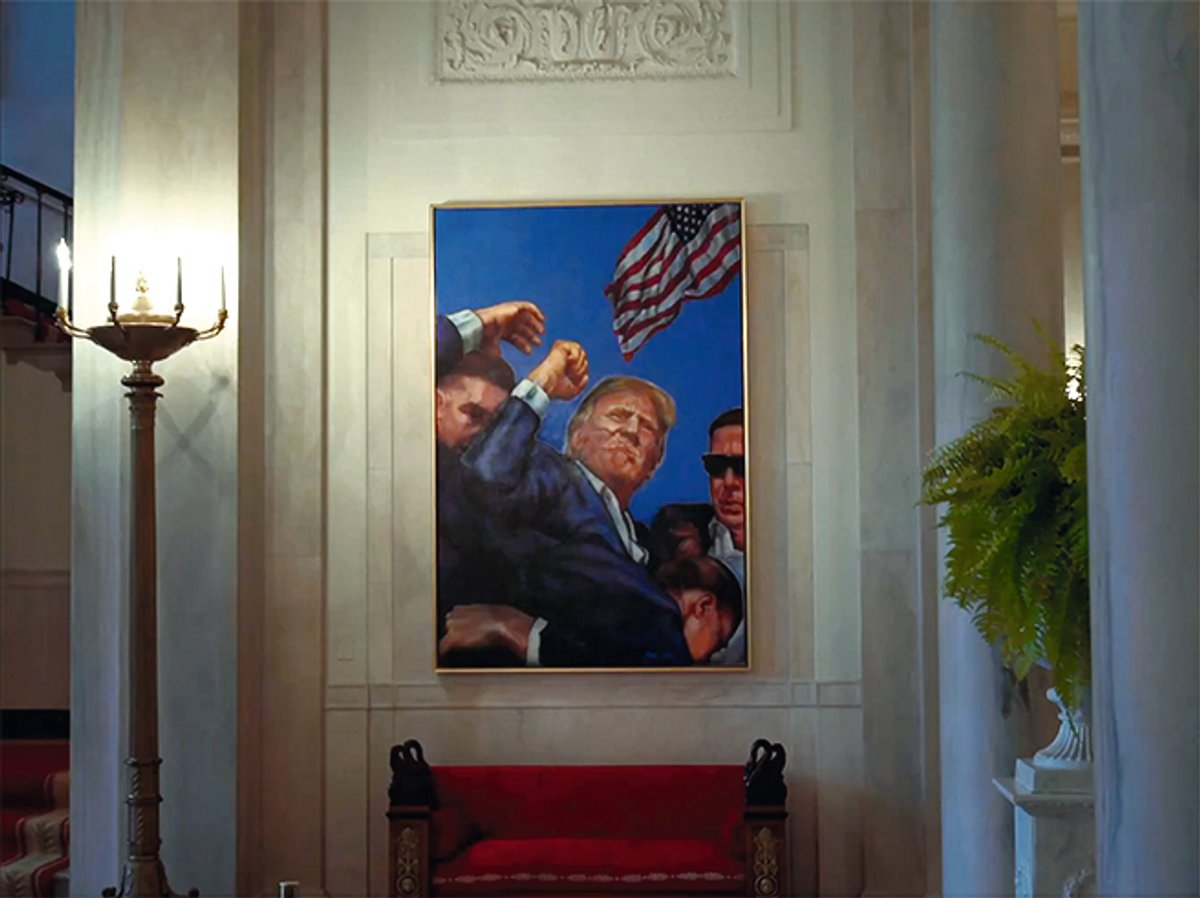
The composition is centered on the President, his arm dramatically raised—a gesture of either resilience, defiance, or perhaps acknowledgment of the crowd in the aftermath of the attack. Crucially, the image includes a distinct detail: a visible spot of blood on the President’s face. Set against the backdrop of an American flag, the painting consciously frames the President as a figure who has literally faced attack and emerged victorious, transforming a moment of trauma into an iconic, almost mythological, moment of strength.
The Artist and the Audience: Two Worlds Collide
The artwork is credited to Florida-based artist Marc Lipp, although the White House itself has not officially commented on the work or the artist’s contribution. The portrait’s placement in the Grand Foyer follows a long-standing tradition of hanging images of the most recent US leaders in the presidential residence’s most prominent spots. However, the reactions to Lipp’s work illustrate a stark and familiar divide between the political sphere and the established art world.
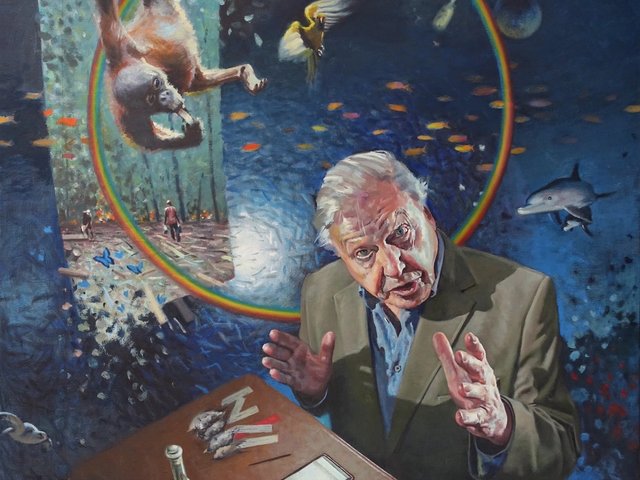
Supporters and devotees of the President immediately praised the work, hailing it as an “awesome portrait” that perfectly captures the character and tenacity of their leader. For this audience, the painting is a powerful confirmation of the President’s perceived strength. Conversely, critics, particularly those within the international art community, have been scathing in their assessment. One observer quipped that the work “ain’t exactly Matisse,” immediately dismissing its artistic merit and instead offering the moniker “Tariff Lautrec,” a direct attack that simultaneously mocks the painting’s quality and references President Trump’s controversial trade policies.
The Art of Politics: Challenging Traditional Portraiture
The debate over the portrait highlights the inherent tension that exists when political iconography is presented as high art. Presidential portraiture traditionally aims for a dignified, often reserved depiction of the subject, emphasizing their role as a statesman. Lipp’s portrait rejects this tradition, favoring a highly emotional, narrative style that functions more like political drama than historical documentation.
By choosing to depict a moment of raw, visceral reaction and survival, the painting’s placement in the Grand Foyer forces guests to confront not just the President’s image, but his political narrative. In this way, the painting functions less as fine art and more as an extension of the President’s public persona, blurring the lines between political messaging and cultural artifact. It challenges the conventional decorum of the presidential residence and forces a confrontation regarding what constitutes appropriate, lasting artwork in such a symbolic, historically significant space.
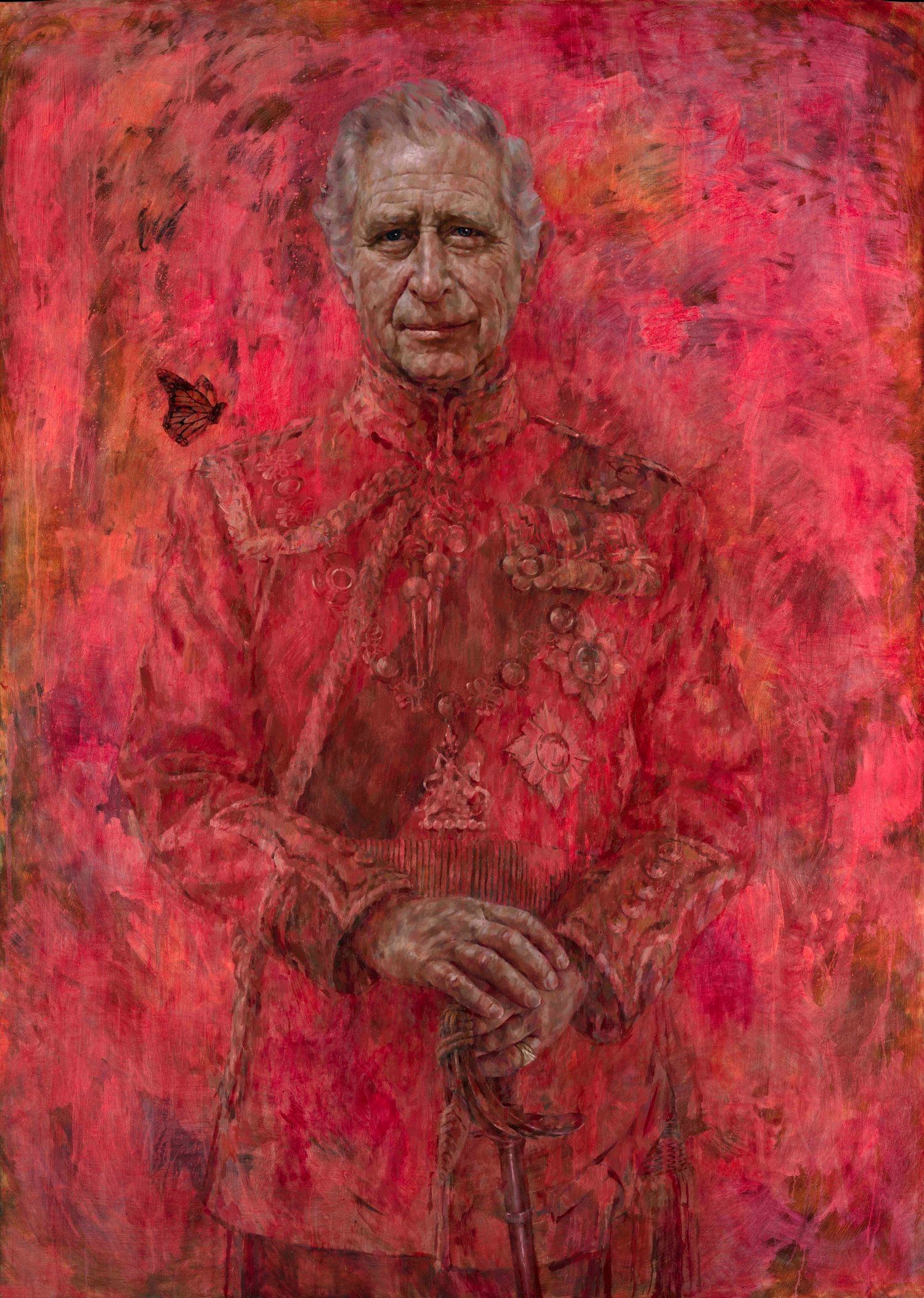
The Taunt of “Tariff Lautrec”: Connecting Art and Commerce
The dismissive critique of the painting as the work of “Tariff Lautrec” is particularly sharp, functioning as a multi-layered taunt that links the perceived lack of artistic quality directly to the President’s economic platform. The name is a clear and witty reference to the famed French post-Impressionist painter Henri de Toulouse-Lautrec, known for his vibrant, expressive depictions of Parisian nightlife. The deliberate substitution of “Toulouse” with “Tariff” is a barbed comment on the potential impact of the President’s protectionist trade policies on the global economy, including the international art market.
By applying this nickname, critics imply that the quality of the President’s chosen art is as provincial and ill-conceived as his trade strategy, suggesting that a leader who advocates for high tariffs and isolationist trade practices is, unsurprisingly, choosing art that is equally isolated from international standards of excellence. This witty, derogatory moniker connects the worlds of high finance and high culture, using the one to mock the other, and turning a simple critique of a painting into a broader political and economic commentary.


